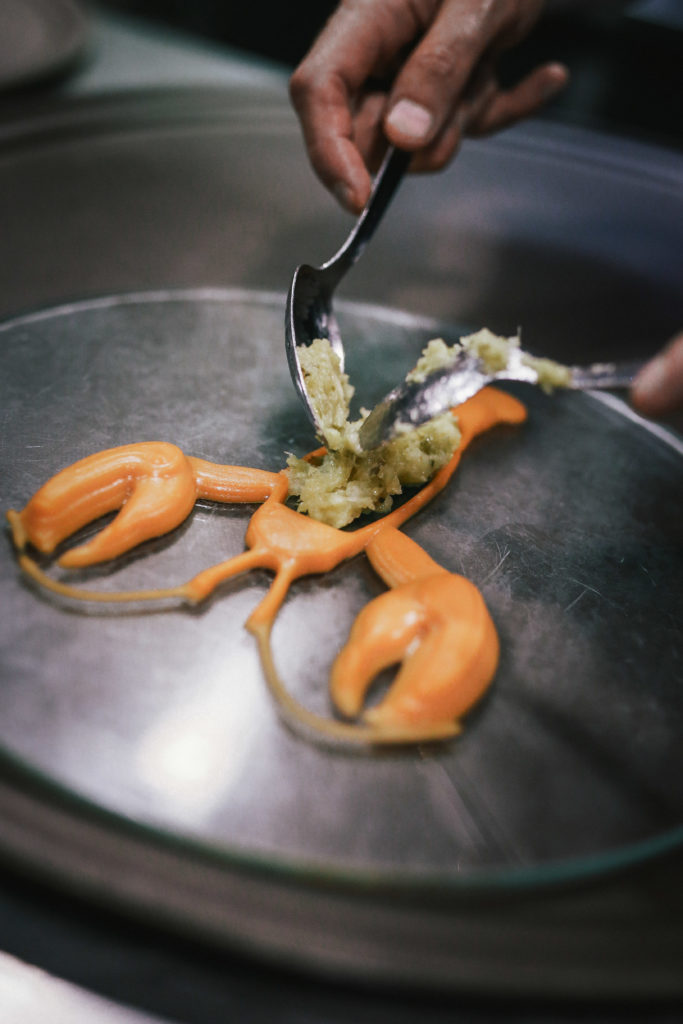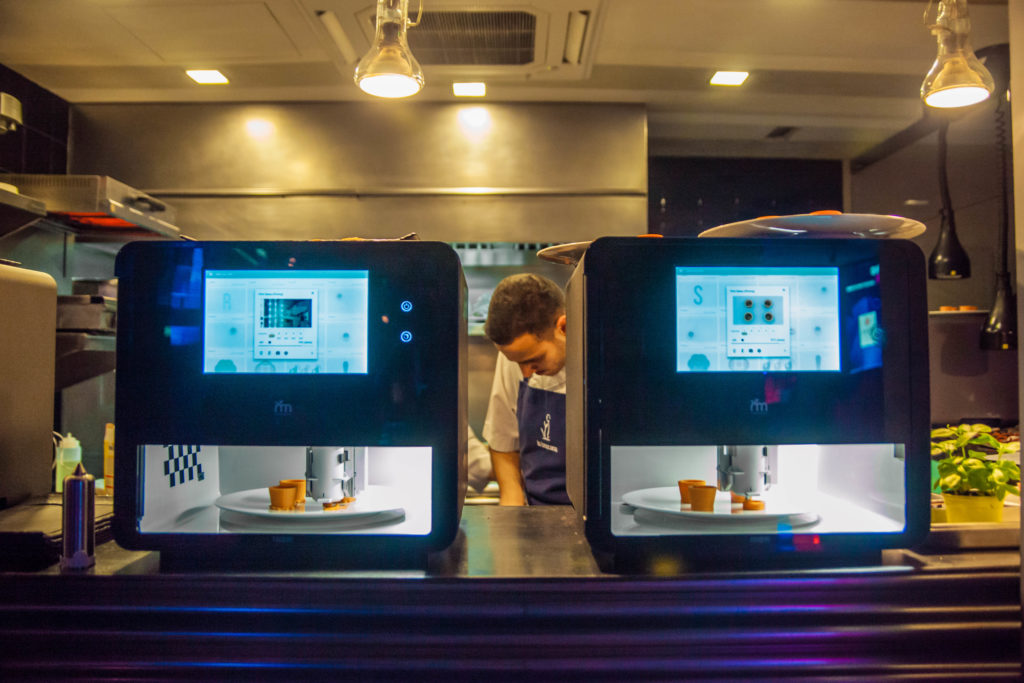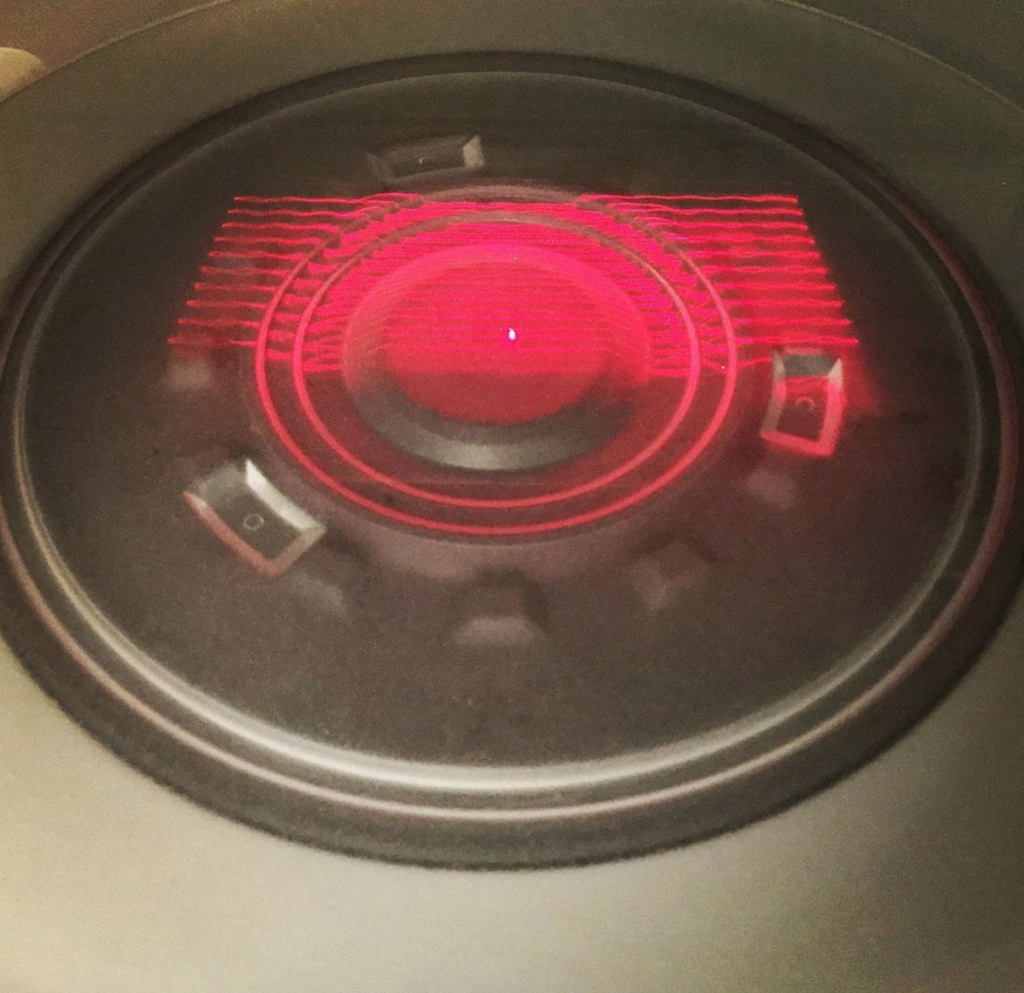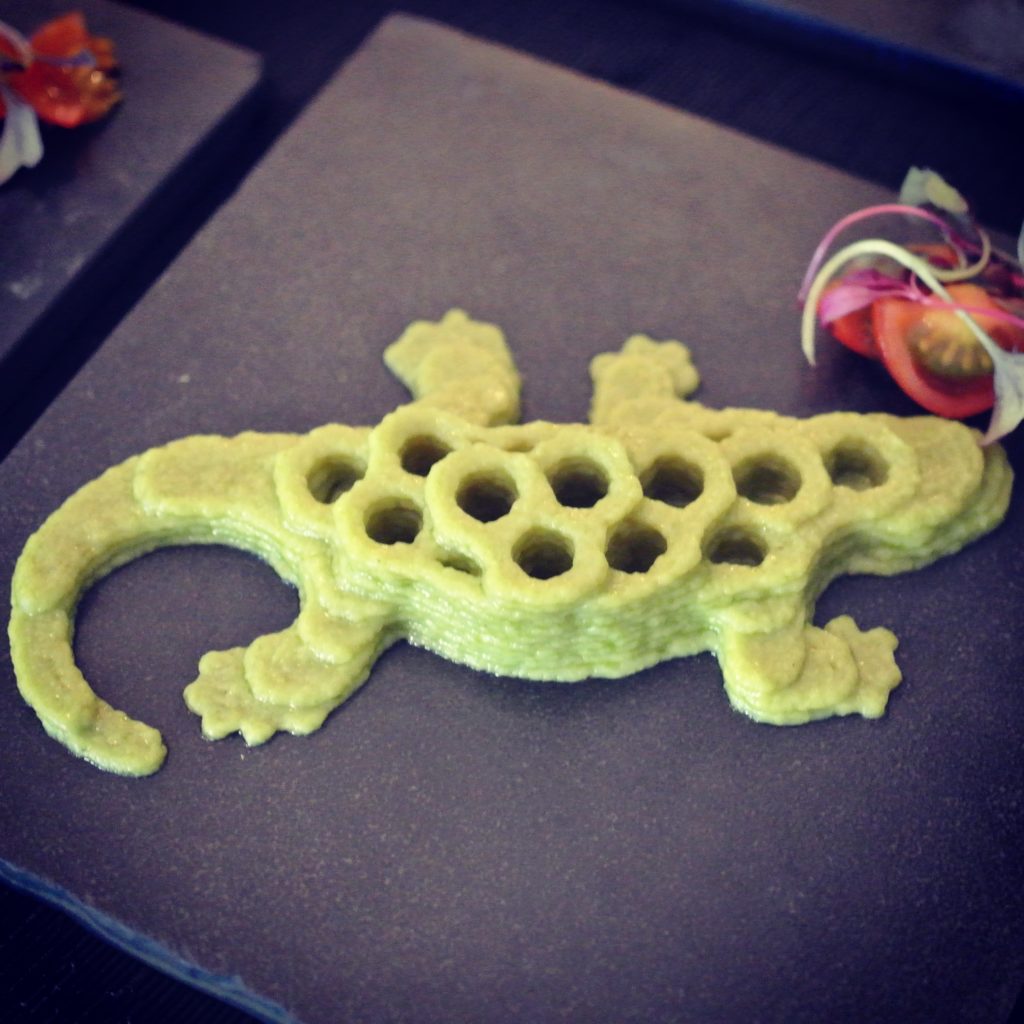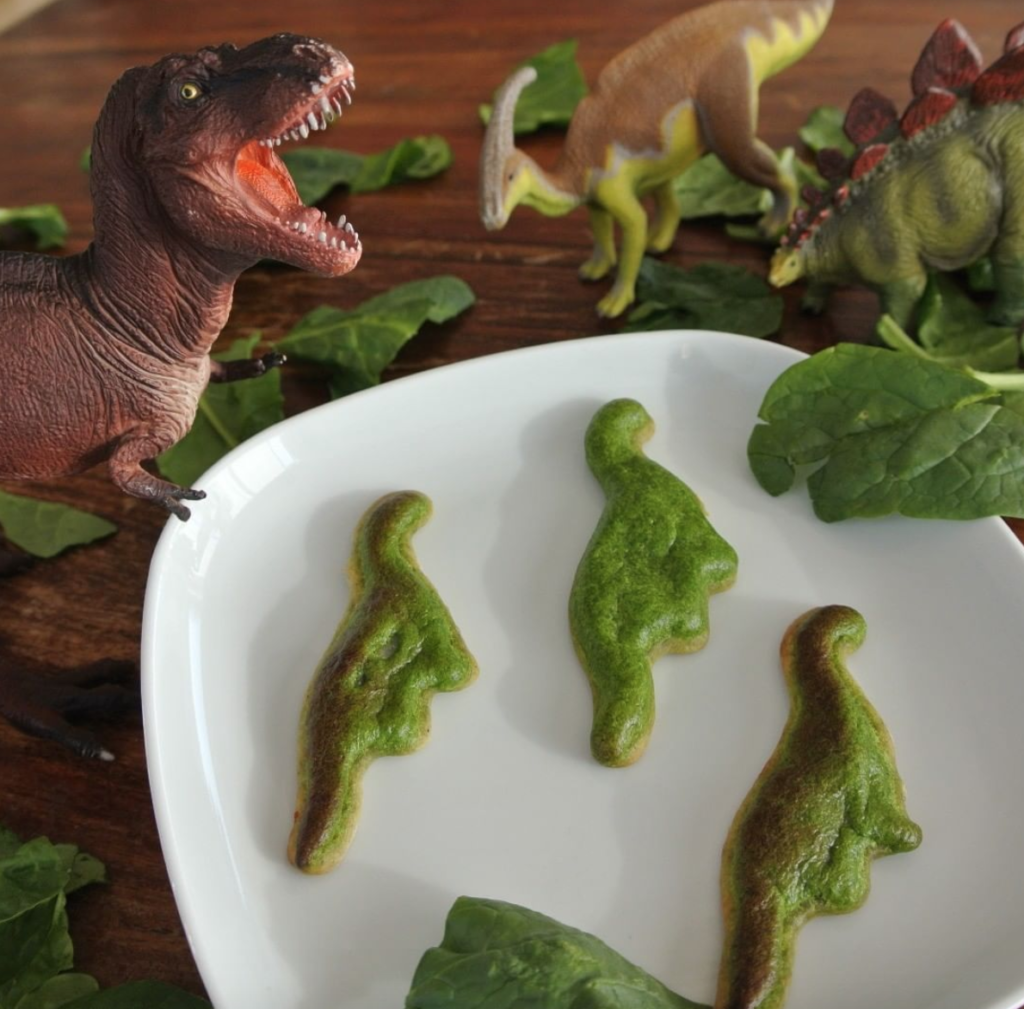 3D printing technology could challenge the way we eat in the future, making recipes trivial and letting the imagination run wild. It will basically disrupt the kitchen. When Paul Bocuse, one of the most celebrated French chefs of all time, reshaped the style of cooking at restaurants, many weren’t happy. Bringing fresh ingredients, unusual combinations and a great sense of creativity to the way Michelin-star institutions delivered their classic food concoctions would break the way professional cooking was done in restaurants forever. Food 3D printing is also working for a possible future cooking revolution along the same lines Bocuse did, with fresh produce, unconventional combinations, and creations that work beyond what any recipe could ever put forth, in an automated process. 3D printing in the food industry is also changing how hospital patients eat, as well as the way nutrition should be delivered in meals.
3D printing technology could challenge the way we eat in the future, making recipes trivial and letting the imagination run wild. It will basically disrupt the kitchen. When Paul Bocuse, one of the most celebrated French chefs of all time, reshaped the style of cooking at restaurants, many weren’t happy. Bringing fresh ingredients, unusual combinations and a great sense of creativity to the way Michelin-star institutions delivered their classic food concoctions would break the way professional cooking was done in restaurants forever. Food 3D printing is also working for a possible future cooking revolution along the same lines Bocuse did, with fresh produce, unconventional combinations, and creations that work beyond what any recipe could ever put forth, in an automated process. 3D printing in the food industry is also changing how hospital patients eat, as well as the way nutrition should be delivered in meals.
For Lynette Kucsma, the passionate mind behind the food 3D printing machine Foodini, there is no turning back. She believes that in the next 10 to 15 years, this technology will change the way people look at food. Foodini, developed by Natural Machines, is a 3D food printing kitchen appliance that enables personalized food, healthier eating, improved kitchen efficiency, and less food waste. Anyone can print using their own real, natural, fresh ingredients; customize foods, nutrition, and presentations, and printing just the amount they need and nothing more.
Co-founded by Kucsma and Emilio Sepulveda, who is also the CEO of the company, Natural Machines sought out to create food tech that would empower healthy eating, allowing people to control the food that goes into the 3D printer, the Foodini. To understand the success behind the technology and what lies ahead for the company, 3DPrint.com spoke to Kucsma.
“Our vision is that the 3D food printer will become a common kitchen appliance, much like a microwave or an oven,” suggested the entrepreneur and CMO at Natural Machines. “When people think about 3D food printing they imagine fancy foods and designs, which the machine can do of course, but it works for everything else too. Its helps to get rid of the preservatives but also to follow in the macrotrends for people that want to eat healthier and know more about what is in their food. Also, by using available fresh ingredients, people can become less reliant on packaged goods, which is something we have become so accustomed to buying.”
3D printed food is in a whole new industry, and Natural Machines has been around for seven years. But for Kucsma, it is not a long time in the scoop of an industry. The company, however, is growing, with global sales, and offices in New York City, Milan, Beijing, and headquarters in Barcelona. Their main markets are in Europe, North America, and Asia. Their core customer base includes restaurants and chefs, like the Torres brothers in Barcelona who currently own two Foodini devices and handle over 100 dishes every day; food service providers; food manufacturers; education industry; researchers; nutrition experts, and health companies.
“Of course, with 3D printed food, we are talking about professional kitchens: some of the chefs do prep ingredients and dishes in advance, other restaurants print in front of their customers and use it as more of a showpiece as well, while others use it in the kitchen and you never even imagine you were eating 3D printed food.”
Kucsma explained that from a tech perspective, they are basically using deposition printing; however, they didn’t just take a 3D printer off the shelf and then manipulate it to handle food. Instead, the device was created from scratch because they needed it to be food grade safe. The Foodini is extrusion-based and comes with five nozzles of varying sizes and five stainless steel capsules, along with other accessories. Foods can be made into a paste and easily printed, like doughs, chocolate, chicken, and so much more. Even ground beef can be turned into burgers. The capsules can hold “endless types of different textures” explained Kucsma.
She also suggests that “the technology is slightly different in the sense that we don’t use standard slicing software or one print speed. Typically with 3D printers that use plastic or metal, you are working with one ingredient and one print speed, but we don’t do that. Instead, we are optimizing for the ingredients you are printing, and customizing it thanks to the different nozzle sizes available.”
Natural Machines is involved in several active projects, from encouraging younger generations to act in favor of food sustainability to new technologically advanced and nutritionally balanced food products in innovative formats. Along with the University of Utah Hospitals and Clinics, they use Foodini to print appealing and flavorful creations to serve patients on dysphagia diets or other conditions that require consistency-modified diets.

Foodini dysphagia print series: a printed plate made up of steak, potatoes, and vegetables for patients with nutrition problems due to health or swallowing problems (Image: Natural Machines)
Foodini is also used by a number of research and development companies pursuing innovative advances in food and food production solutions. With institutes training the next generation of hospitality and culinary arts, professionals to use the machine as an example of evolution in culinary practices.
More recently the company became a partner in Europe’s EIT Food consortium and is working on an oncology project called ONCOFOOD, which provides new innovative food solutions for cancer patients considering nutritional requirements and sensory alterations, promoting the pleasure of eating and preventing malnutrition.
“Helping cancer patients who have trouble swallowing, either temporarily or long term, due to their treatment. We are taking foods and making them look much more realistic and presentable because basically what patients are eating today is a blob mash, so imagine eating that for every meal and every day? The colors and flavor of the food profiles may change but anyone would quickly get bored with that. However, when we print those foods, whether we take a chicken breast and puree it to print it in the shape of a drumstick, or if we take carrots and puree them to print stacked carrots, we are sure that people will enjoy them, and this has been proven. We can even do fun shapes for younger patients, which is helping them eat more, better as well as with their recovery,” said Kucsma.
Foodini technology today does all the work to create what the user wants, however, pizzas, cookies, and other foods still need to be cooked in an oven. So the next step for Natural Machines is a Foodini 3D printer that will add a cooking function, and the company recently announced how they are doing it. Their next food 3D printer will be called the Foodini Pro, and although the release date is not yet set in stone, the machine will use lasers to cook.
According to Kucsma, the brand new development will be much more efficient and focused on regular consumers instead of just targeting professional kitchen users and researching institutions.
“We began working on this new technology six years ago, and we are now announcing how we are doing it, which means that it won’t be available this year and it’s hard to put an actual date, but we are thinking it might be a couple of years before we begin selling them.”
Having a Foodini at home is quite an adventure for Kucsma, who described the experience of 3D printing food with her kids as an incredible challenge to her own creativity.
“I tried printing everything for my kids, from spinach quiche dinosaurs to guacamole shaped as Gaudi’s multicolored salamander known as “the dragon”, which we had recently seen at the Park Güell (Barcelona),” described Kucsma, whose two children inspire a lot of her 3D cooking projects.
At Natural Machines, they develop everything, from the software to the hardware. Plus, the machine works as an Internet of Things (IoT) device.
Kucsma said that “even today there are some pieces of hardware that don’t necessarily function because we didn’t write the software for it yet, but we wanted to build them in the hardware so that when we do get the software done, we can push it out.”
A lot of the challenges for the company are part of the education process. Their goal is not just to sell the device, but to educate people on why 3D printing is so useful. Still, the founders know that there is no such thing as an overnight success, knowing that it takes time to get the technology in place.
Even though Foodini machines began selling in 2018, the company has found a way to quickly capture the interest of the food industry as well as researchers and food consortiums. The extraordinary designs, presentations and nutritious dishes that can be made with this machine are endless. Just like 3D printing is disrupting industries everywhere, it is now the turn of food specialists to incorporate Foodini as part of the next generation in the food evolution.
Subscribe to Our Email Newsletter
Stay up-to-date on all the latest news from the 3D printing industry and receive information and offers from third party vendors.
You May Also Like
3D Printing Financials: Fathom Struggles in Financial Quicksand During Critical Transition
Facing a year of key transitions and financial pressures, Fathom (Nasdaq: FTHM) has filed its annual report for 2023 with the U.S. Securities and Exchange Commission (SEC). The document outlines...
Latest Earnings Overview for Australian 3D Printing Firms Titomic and AML3D
Australian 3D printing manufacturing firms Titomic (ASX: TTT) and AML3D (ASX: AL3) reported their financial results for the period from July to December 2023, marking the first half of their...
3D Printing Webinar and Event Roundup: April 7, 2024
Webinars and events in the 3D printing industry are picking back up this week! Sea-Air-Space is coming to Maryland, and SAE International is sponsoring a 3D Systems webinar about 3D...
3D Printing Financials: Unpacking Farsoon and BLT’s 2023 Performance
In the Chinese 3D printing industry, two companies, Farsoon (SHA: 688433) and Bright Laser Technologies, or BLT (SHA: 688333), have recently unveiled their full-year earnings for 2023. Farsoon reported increases...



